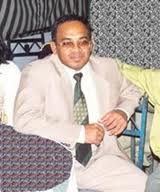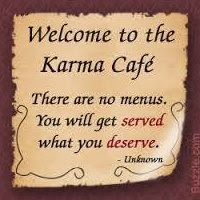Following text is a gleaning from River of Smoke by Amitav Ghosh
Later there would be much discussion on whether the Anahita was struck by the same storm that had hit the Ibis. Such information as was available then made it impossible to come to any reliable determination on this: what was certain was that the Anahita was less than a hundred miles west of Great Nicobar Island, heading for the Nicobar Channel, when she too an into bad weather. She had left Bombay sixteen days earlier and was on her way to Canton, by way of Singapore.
Until then the voyage had been uneventful and the Anahita had sailed through the few squalls that had crossed her path with a ful suit of sails aloft. A sleek and elegant three-master, she was one of the few Bombay-built vessels that regularly outran the swiftest British-and American-made opium carriers, even such legendary ships as Red Rover and Seawitch. On this voyage too she had posted very good times and seemed to be heading for another record run. But the weather in the Bay of Bengal was notoriously unpredictable in September, so when the skies began to darken, the captain, a taciturn New Zealander, wasted no time in snuggling the ship down. When the winds reached gale force he sent down a note to his employer, Seth Bahramji, recommending that he retire to the Owner’s Suite and remain there for the duration.
The "yellow fever" yachts
"factories" where American and English merchants sold opium in Canton, China.
Baharam was still there, hours later, when his purser, Vico, burst in to tell him that the cargo of opium in the ship’s hold had broken loose.
Kya? How is that possible, Vico?
It’s happened, patrao; we have to do something, jaldi.
Following at Vico’s heels, Bahram went hurrying down, struggling to keep his footing on the slippery companion-ladders. The hatch that led to the hold was carefully secured against pilferage, and the rolling of the ship made the chains and padlocks difficult to undo. When at last Bahram was able to lower a lantern through the hatch, he found himself looking down upon a scene that defied comprehension.
Opium Den in Cantaon, China
The cargo in the after-hold consisted almost entirely of opium. Under the battering of the storm, hundreds of chests had broken loose and splintered, spilling their contents. Earthenware containers of opium were crashing into the bulkheads like cannonballs.
Opium, in this form, was of a mud-brown color: although leathery to the touch, it dissolved when mixed and stirred with liquids. The Anahita’s builders had not been unmindful of this, and a great deal of ingenuity had been expended in trying to make the hold watertight. But the storm was shaking the vessel so hard that the joins between the planks had begun to bleed, letting in a slick of rain-and-bilge-water. The wetness had weakened the hemp bindings that held the cargo in place and they had snapped; the chests had crashed into each other, spilling their contents into the sludge. Waves of this gummy, stinking liquid were now sweeping from side to side, breaking against the walls of the hold as the vessel rolled and lurched.
[Opium factory in Patna,India:stacking room and drying room]
Nothing like this had ever happened to Bahram before: he had ridden out many a storm, without having a consignment of opium run amuck as it had now. He liked to think of himself s a careful man and in the course of thirty-odd years in the China trade, he had evolved his own procedures for stacking the chests in which the drug was packed. The opium in the hold was of two kinds: about two thirds of it was ‘Malwa’, from western India- a product that was sold in the shape of small, round cakes, much like certain kinds of Jaggery [1]. These were shipped without any protective covering, other than a wrapping of leaves and a light dusting of poppy ‘trash’. The rest of the shipment consisted of ‘Bengal’ opium, which had more durable packaging, with each cake of the drug being fitted inside a hard-shelled clay container, of about the shape and size of a cannonball. Every chest contained forty of these and each ball was nested inside a crib of poppy leaves, straw, and each ball was nested inside a crib of poppy leaves, straw, and other remains from the harvest. The chests were made of mango-wood and were certainly sturdy enough to keep their contents secure during the three or four weeks it usually took to sail from Bombay to Canton; breakages were rare, and damage, when it occurred, was generally caused by seepage and damp. To prevent this, Bahram generally left some space between the rows o that air could circulate freely between the chests.
Over the years, Bahram’s procedures had proved their worth: through decades of travelling between India and China he had never, in the course of a single voyage, had to write off more than a chest or two of his cargo. Experience had given him such confidence in his methods that he had not taken the trouble to check the hold when the Anahita was hit by the storm. It was the crashing of the runway chests that had alerted the ship’s crew, who had then brought the problem to Vico’s attention.
Looking down now, Bahram could see the crates crashing against the bulkheads like rafts against a reef; all round the hold, hard-shelled balls of opium were exploding upon the timbers, and gobs of the raw gum were hurtling about like shrapnel.
Footnotes by bunpeiris
[1] Hakuru (Snhala: Jaggery) is produced from sugar cane and coconut palm in Asia, Africa, Latin America, and the Caribbean. But then the finest quality jaggery is a product of the sap of Caryota urens (Sago Palm or Fishtail Palm), a species of flowering plant in the palm family. The epithet urens is Latin for 'stinging' alluding to the chemicals in the fruit The sago palm is tapped for producing jaggery in Sri Lanka, West Bengal, South India and Pakistan. In Sri Lanka Sago Palm called Kitul grows in abundance in the wet zone. The nature and adventure attraction of Kitulgala (Sinhala: rock of Sago palm trees), famous for White Water rafting in the rapids of River Mahaweli Ganga, affords the opportunity to taste Kitul Palm Honey with Curd (fermented buffalo milk) as well as Kitul Palm Jaggery. Such is the distinctive taste of Kitul Palm Honey and Kitul Palm Jaggery, no world in English language seems to serve the purpose of describing it satisfactory: ‘tastes like molasses, brown sugar or maple syrup’ do no justice at all.
Kitul Jaggery is produced in the rural areas of the Central Highlands of Sri Lanka. The access to these villages can be made via the hill country health resorts of Bandarawela, Badulla and Nuwara Eliya of Sri Lanka Holidays. The rural areas of the Kandy district too produce Kitul Palm Jaggery and Kitul Palm Honey. During the Sinhala and Hindu New Year in April, Kitul Palm Honey and Kitul Palm Jaggery are in high demand: no new year feast would be complete without the traditional sweets such as Katta bibikkan, Kalu dodol (both are baked soft cakes made of Rice flour, coconut milk and Kitul Palm jaggery or Honey) and Saudodol (cooked pudding of Rice flour steamed and solidified, coconut milk and Kitul Palm jaggery or Honey). All these sweet cakes are very lightly spiced with Ceylon Cinnamon, Sri Lanka Cardammom (Enasal) and Karubunati(Sinhala: cloves) of Spice Island.


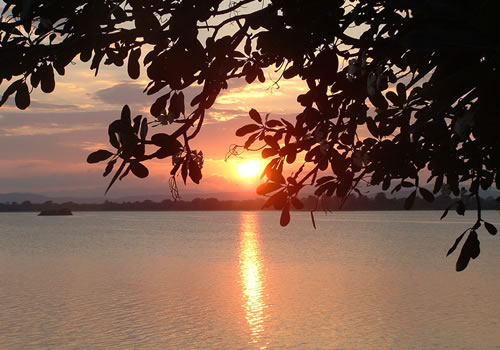
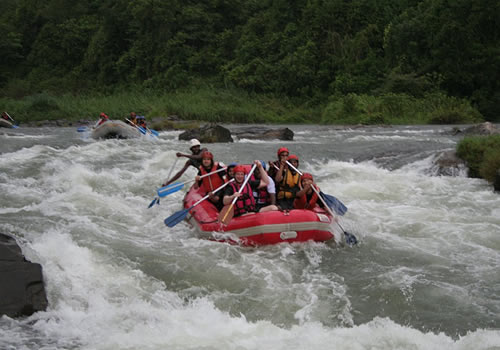
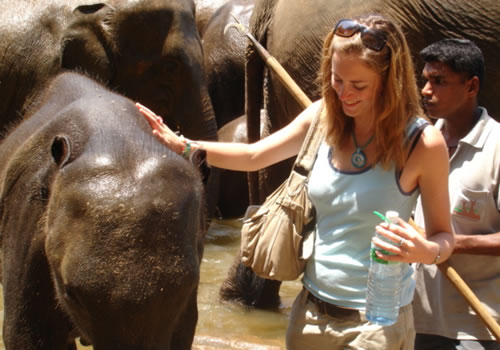
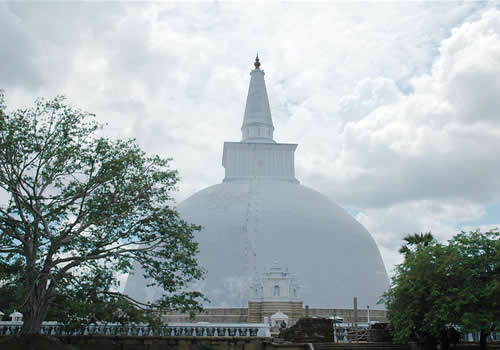
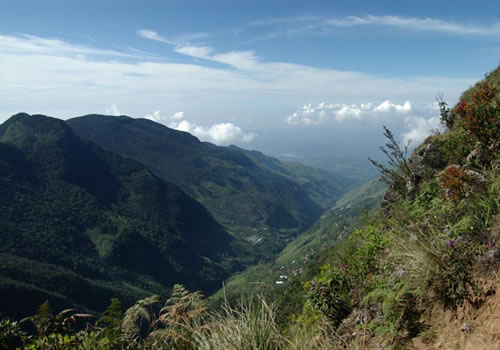




















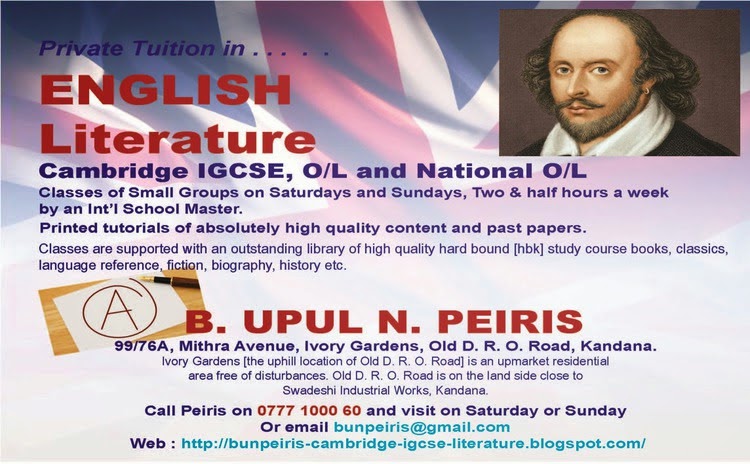
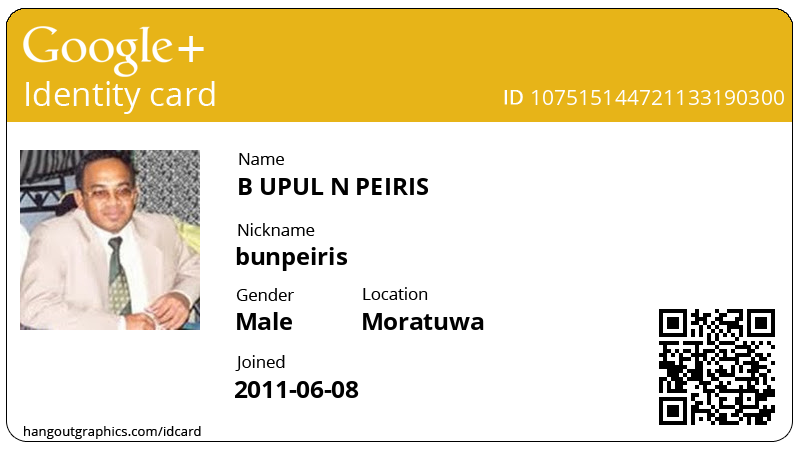









.jpg)






